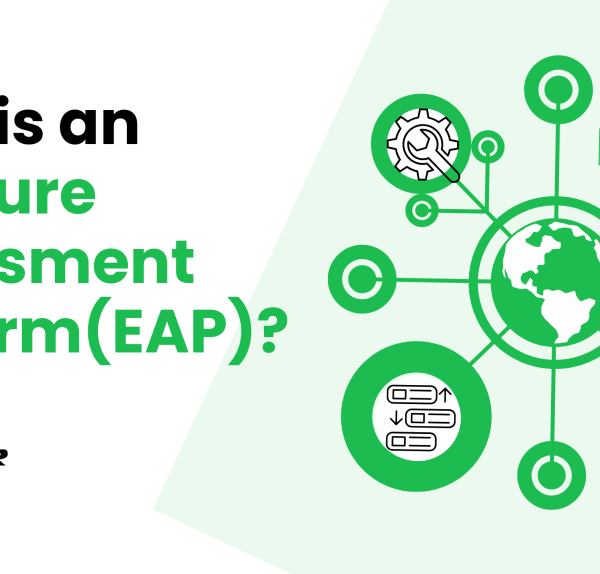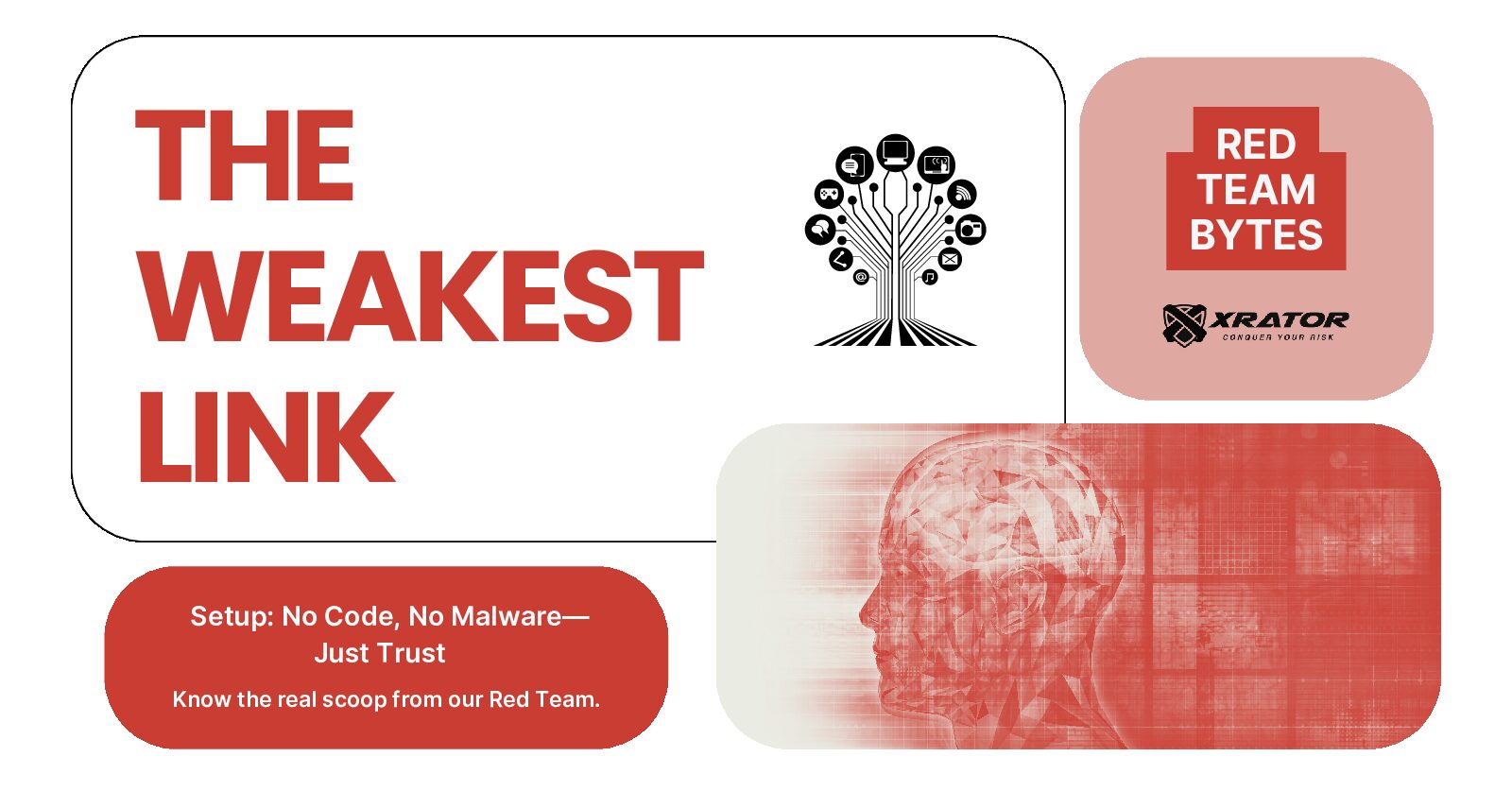Forget counting sheep. For Chief Information Security Officers (CISOs) across the globe, the nights are often filled with a different kind of counting – the relentless tally of potential threats to their organization’s security. A recent state of security report paints a concerning picture: over half (53%) of security leaders feel a crushing weight of responsibility compared to just two years ago. This pressure cooker environment leads to a domino effect – burnout, dissatisfaction, and ultimately, high cybersecurity workforce stress and talent drain. A staggering 78% of CISOs report being so overwhelmed they’ve considered leaving their jobs entirely.
Why CISOs are so stressed?
The Expanding Attack Surface
The digital landscape is constantly evolving, creating a vast and complex attack surface for organizations. The rise of the Internet of Things (IoT), widespread cloud adoption, and Bring Your Own Device (BYOD) policies have created a vast and complex attack surface for organizations. CISOs are left scrambling to secure a growing network of interconnected devices and applications, each with its own potential vulnerabilities.
The Never-Ending Race Against Cybercrime
Cybercriminals are relentless, constantly innovating with ever-more sophisticated phishing scams, ransomware attacks, and zero-day exploits. This unrelenting pressure to stay ahead of a constantly evolving threat landscape is a significant source of anxiety for CISOs (Chief Information Security Officers).
While the rise of AI (Artificial Intelligence) empowers many sectors, it’s a double-edged sword. Cyber attackers are also leveraging AI to automate tasks, improve targeting, and launch more sophisticated attacks. This means the race against cybercrime becomes even more challenging for CISOs.
Know more about potential futures and cyber threat perspectives of 2024.
Resource Constraints: under-resourced defenders
Many CISOs feel like they’re fighting a one-man war. Limited budgets and a shortage of skilled cybersecurity professionals make it difficult to implement the necessary security measures. A Cynet survey revealed that 100% of CISOs reported needing additional resources (targets: resource constraints, cybersecurity talent shortage). This lack of resources, coupled with the pressure to perform, only adds to their stress levels.
The impact of these challenges goes beyond sleepless nights.

The Human Element: Why CISOs Need Support
While advanced cybersecurity tools are a critical defense line, it’s the expertise and well-being of the people using them that truly determines an organization’s ability to withstand cyberattacks.
Even the most sophisticated security systems can’t function optimally without the human element. Unfortunately, research shows that cybersecurity professionals, the ones wielding these tools, are struggling with unprecedented levels of stress and burnout. This situation highlights the critical need to support CISOs and their teams.
A Growing Mental Health Crisis
- A recent Heidrick & Struggles’ survey reveals a concerning trend: 71% of CISOs now identify stress as their most significant personal risk, up from 59% in 2022
- This constant pressure takes a toll on mental health and well-being, and can ultimately lead to a talent drain within the cybersecurity industry.
- With a cybersecurity skills gap already present, a Gartner study predicts a high turnover rate, with around 50% of CISOs expected to change jobs by 2025.
The Risks of Under-resourced Teams
Cybersecurity teams are the frontline defense against ever-evolving threats. However, when under-resourced, they become not just exhausted, but also more vulnerable. Stressed professionals are more likely to miss critical threats or make judgment errors, jeopardizing your entire digital infrastructure.
Beyond Burnout: Mental Health as a Cybersecurity Risk
The mental well-being of cybersecurity professionals isn’t just an HR concern; it’s a direct threat vector. High stress leads to reduced vigilance, increased mistakes, and ultimately, compromised systems.
In Conclusion
The digital landscape is evolving rapidly, and threats are becoming more sophisticated. While investing in cutting-edge cybersecurity tools is essential, it’s equally vital to invest in the mental health and well-being of your cybersecurity team.
The good news? There are solutions. In our next blog post, we’ll explore strategies to improve mental well-being for CISOs and how XRATOR can be a valuable partner in this fight.






